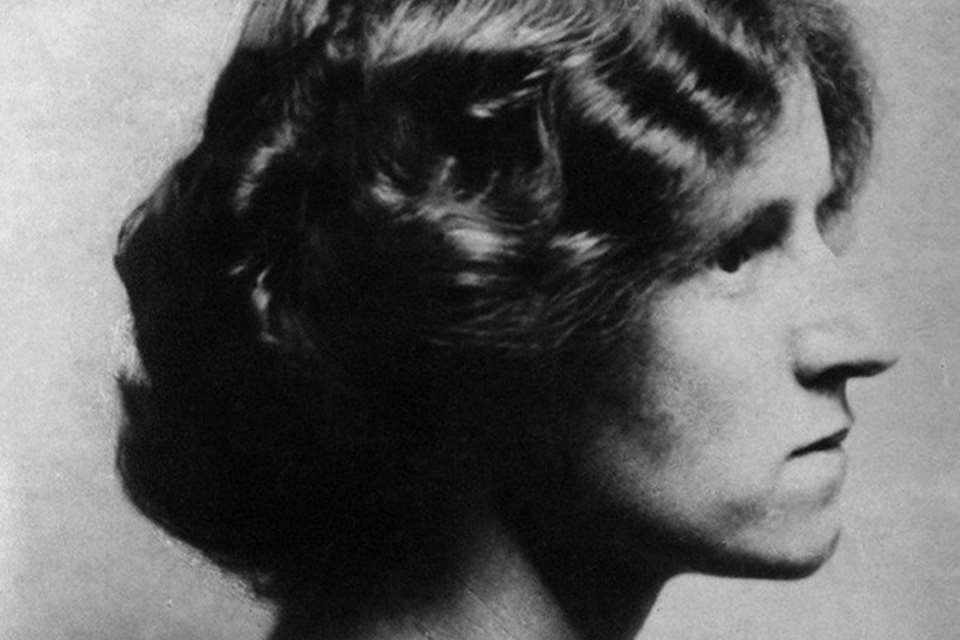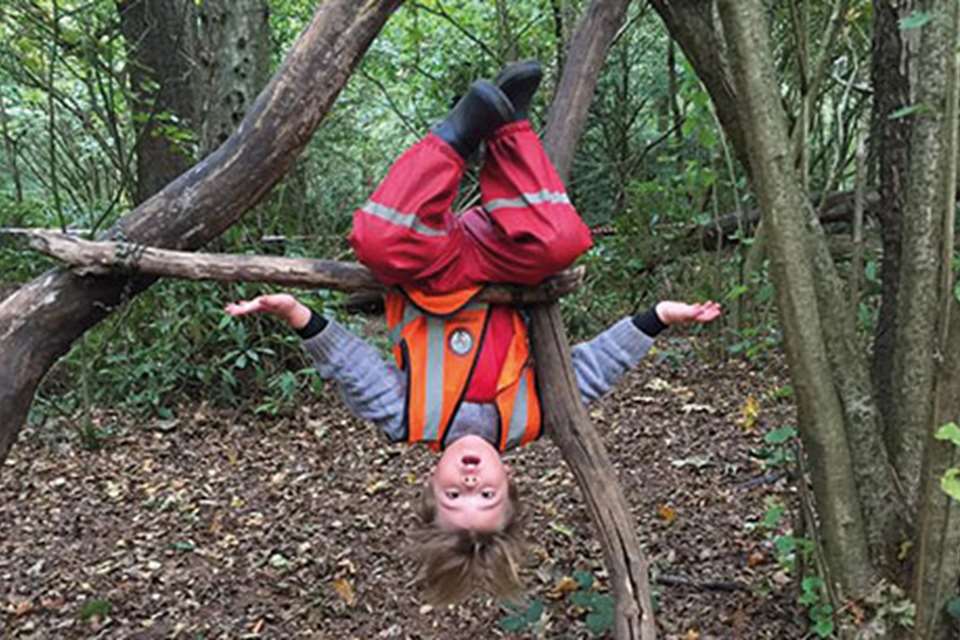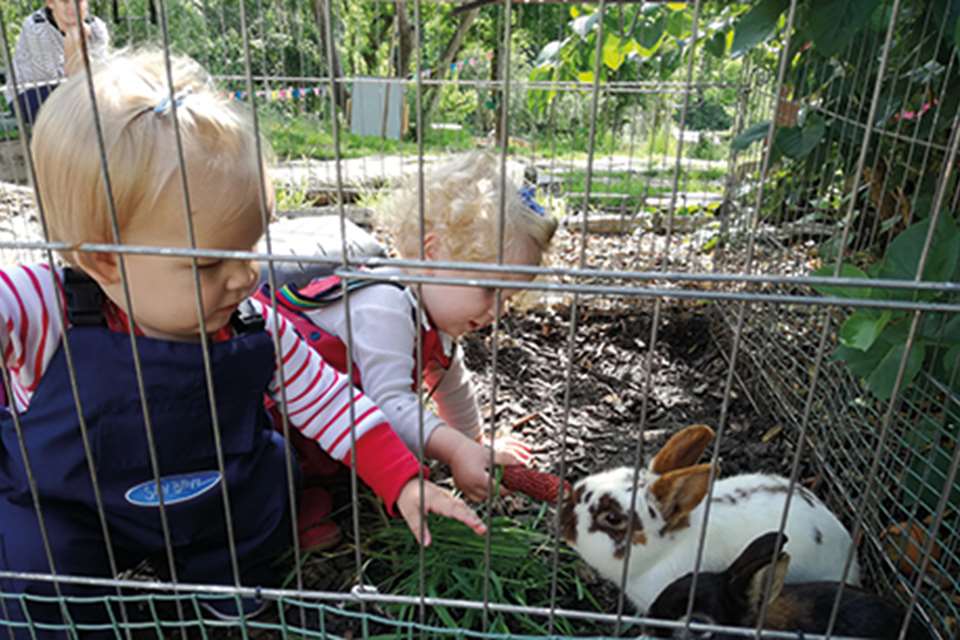Outdoors - Open minded
Nicole Weinstein
Monday, July 9, 2018
As Chelsea Open Air Nursery School prepares to celebrate its 90th anniversary, Nicole Weinstein finds out what makes the setting so special today

Download the PDF of this article
Nestled in the corner of a prestigious London street, in a picturesque historic cottage that looks like a gingerbread house in contrast to the grand houses that line the road, sits the world-famous Chelsea Open Air Nursery School (COANS).
For the past 90 years, it has provided high-quality early education and outdoor learning experiences to children from a diverse range of social, cultural and economic backgrounds, who live in and around the neighbouring streets in the London Borough of Kensington & Chelsea. ‘“A healthy opening to education – open hearts and open minds” is the slogan that defines the school’s ethos,’ says head teacher Talia Robinson.
The first of England’s 11 open-air schools opened in 1907 in Woolwich, East London, following the success of these schools in Germany, which aimed to give children a regimen of fresh air, sunlight, proper diet, good hygiene, physical activity and a proper rest under medical supervision.
COANS was set up in 1928 by local American mother Natalie Davies and involved from the outset was early years pioneer Dr Susan Isaacs. In its early years, the school attracted children from both privileged and poor backgrounds. Isaacs created an environment in which they could be thinkers, reasoners and discoverers and she could extend her narrative records and observations of children.
MODERN DAY
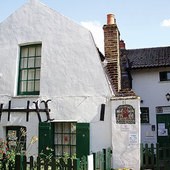 The concept is still going strong today: the garden is still central to the philosophy, providing year-round free-flow access indoors and out to children from diverse backgrounds, including those with special educational needs (SEND) as well as those who are gifted and talented.
The concept is still going strong today: the garden is still central to the philosophy, providing year-round free-flow access indoors and out to children from diverse backgrounds, including those with special educational needs (SEND) as well as those who are gifted and talented.
However, former head teacher Kathryn Solly inherited the school in a state of disarray in the mid-1990s. ‘Parts of the building were in disrepair, the garden was tired and the staff needed direction,’ she recalls. On three occasions the school was threatened with closure due to lack of funding, a challenge which remains due to the high staff costs associated with nursery schools and the ongoing pressure of the 30 hours funding and the National Early Years Funding Formula.
While head, Ms Solly began campaigning for new funds to reinstate the garden, build alongside the timber-framed cottage – believed to be Henry VIII’s hunting lodge – and add a mezzanine level to the adjoining former artist’s studio.
THE GARDEN
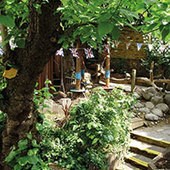 Ms Solly, in consultation with the children, parents, local community and local authority, created what she calls ‘a garden for the imagination’, offering the same degree of risk, challenge and adventure that was offered in the 1930s – but minus the open well, which remained uncovered until the 1990s.
Ms Solly, in consultation with the children, parents, local community and local authority, created what she calls ‘a garden for the imagination’, offering the same degree of risk, challenge and adventure that was offered in the 1930s – but minus the open well, which remained uncovered until the 1990s.
The garden appears deceptively small, but when walking around, it is clear to see how it is perfectly formed for young children. A huge (protected) sycamore tree grows in the centre and is surrounded by a sunken amphitheatre. The crazy paving that lines the paths contains bits of old marble found during the redevelopment.
Ms Robinson explains, ‘The garden is on different levels with plenty of nooks and crannies to explore, play in and hide. There is a sandpit with a pirate ship and harbour house; a vegetable patch; a fire pit and muddy kitchen area; a pond; equipment for children to climb, balance, co-ordinate and swing, such as traditional slides and seesaws and offcuts of trees that children use in their imaginary play.’
‘It basically provides an environment that builds children’s health as well as their physical development, but also helps them emotionally,’ adds Ms Solly. Despite being in inner-London, the walled garden and surrounding buildings help block out the noise of sirens and traffic – and pollution.
‘This allows children regular access to the outdoor environment where they can experience the calming effect of nature,’ explains Ms Robinson, ‘something that can be challenging in a busy city where lots of children don’t have access to a garden or outside space.
Throughout the day, children move freely between the garden and indoor classroom, a large space which includes a light, airy, artist’s studio. The learning environment is set up with workshop-style activities and resources for the children to explore independently.
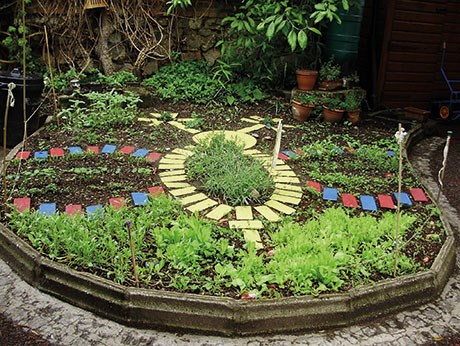
FOREST SCHOOL
The ‘natural evolution of the school’s outdoor philosophy’ wouldn’t be complete without incorporating elements of Forest School into the provision, says Ms Robinson. ‘We have on-site Forest School, where we light fires and use large-scale tools like bow saws to chop up wood, and off-site, we take eight children by bus to our designated wildlife area in Holland Park on a weekly basis.
‘Offsite Forest School provision enables children to experience a new place and to face the challenge of public transport in a safe environment. We decided to extend this provision to run on-site sessions so all children can benefit from the Forest School experience, whether they do the full programme or not.’
In the two-hour session, followed by lunch in the park, the children learn about the natural environment, perhaps whittle wood and use a hack saw to create a mini-beast house, which they finish off back at the setting.
‘It’s amazing to watch the transformation of some children, as each week they become braver and learn to manage risk. These skills are then transferred back in the setting. All our staff have received twilight training in the principles of Forest School from our two Forest School-qualified leaders,’ says Ms Robinson.
TIME TO CELEBRATE
To mark the 90th anniversary, a resident artist has created a mosaic based on the COANS emblem, with input and help from the children. The plaque will be revealed on an open day, when celebrations will include a 1920s jazz band, mosaic-making, dancing and workshops.
‘Ahead of us is one of our potentially most challenging times, in terms of funding,’ explains Ms Robinson, ‘but for now, we are putting this aside and focusing on everything that’s wonderful and worth celebrating about this special nursery school.’
CHELSEA OPEN AIR NURSERY SCHOOL: FACTS AND FIGURES
62 children aged three to five years on roll.
Currently, 27 full-time places funded by the Royal Borough of Kensington & Chelsea. These will cease to exist at the end of this year.
Been judged Outstanding by Ofsted since 2009.
Ten children accessing 30 hours funding.
25 children accessing 15 hours universal places (with option to pay for more hours).
Sessions are 8.45-11.45am or 12.45-3.45pm, with up to 52 children at a time.
12 children with SEND and five with an Education, Health and Care plan.
Awarded for its work with able, gifted and talented children.
17 languages spoken and 75 per cent of children have English as an additional language.
The seven core staff members have racked up a total of 70 years’ service between them.
Outreach
Became a Children’s Centre in 2006. As part of its Community Programme, it runs:
- stay-and-play sessions
- messy play sessions
- support for families with children with autism
- coffee mornings where professionals are invited to support families who have children with SEND.
It has also attracted additional funding to run an enhanced offer supporting professionals, families and children.
KATHRYN SOLLY: on reflection
 Building upon Susan Isaacs’ pioneering pedagogical heritage became my challenge in 1996. Then children stayed for two years until they were five years old. They had time to mature developmentally, grow as learners with genuine agency and influence over their learning choices, particularly outdoors. By developing a strong sense of belonging within our community, their competence as independent learners meant they were ready for their next schools.
Building upon Susan Isaacs’ pioneering pedagogical heritage became my challenge in 1996. Then children stayed for two years until they were five years old. They had time to mature developmentally, grow as learners with genuine agency and influence over their learning choices, particularly outdoors. By developing a strong sense of belonging within our community, their competence as independent learners meant they were ready for their next schools.
We transformed the ramshackle garden to extend opportunities for high-quality inclusive interaction, imagination, awe and wonder, investigation and challenge. This was particularly important as many children’s background had little or no real outdoor play, risk and challenge. Outdoors is far richer and more varied in terms of opportunities to extend the curious child learning about the world around them throughout the year in all weather, sustained by expert staff.
The ethos that every child deserves a great childhood was exemplified within the rich diversity of the children with their array of languages, backgrounds, ethnicities and religions, plus SEND. I used to promise parents when I showed them around that their child would have a real childhood; that they would get wet, dirty, probably graze their knees, but they would have a happy childhood. The community facilitated further developments by constructing a fundraised indoor mezzanine floor. This connected to the Children’s Centre extension that provided a venue for extended day provision, family partnership, support from the agencies working with us and our families.
High-quality staff, enriched enabling environments, strong partnership with parents, inclusive pedagogy, and extended business and community links, enhance learning. By seeing children as powerful learners experiencing an authentic curriculum of exploration and discovery via real experiences, particularly outdoors, was central to what we strived for.


